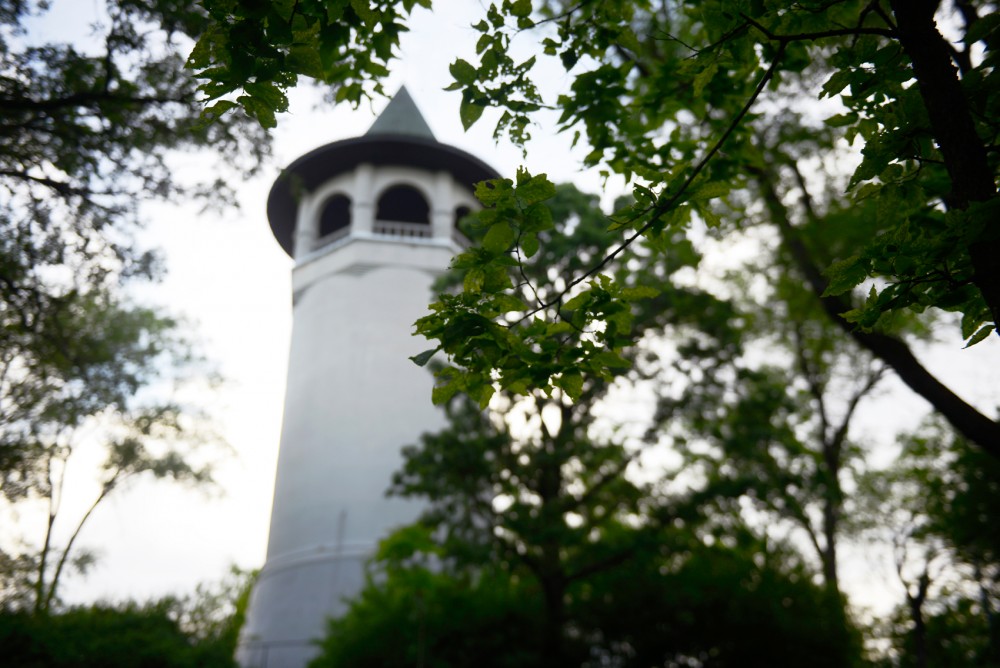More student engagement will have to wait at least another month as proposed structural changes were rejected at a Prospect Park neighborhood meeting.
Last week, proposed bylaw amendments were voted down at the Prospect Park Association’s monthly meeting. The changes would have overhauled the group’s current structural system to include more student voices.
Richard Adams, a PPA board member, said he knew the changes wouldn’t pass since a third of the board of directors failed to show up at the meeting.
If all 40 board members attended, the amendments could have passed, said PPA board member Vince Netz.
The amendments aimed to modify all aspects of the current rules by streamlining procedures, term lengths and memberships.
The amendments would revise a system in place since the 1980s. The largest — and most debated — proposed change was to cut the board of directors from 40 members to just 16.
The new board would consist of 14 area residents voted in by the association and reserve two spots for special members — a student and a local business representative.
The student representative was added by the committee to look forward to the future, Adams said. He said student populations in nearby areas are expected by the association to increase as apartments are built in the next few years and the Green Line continues to add traffic on University Avenue.
“In the next five years, the area surrounding the stadium and around Prospect Park will be unrecognizable,” Netz said.
Adams said students make up 51 percent of Prospect Park’s residents, which includes recently added student residents like those in WaHu Student Apartments on Washington Avenue Southeast.
The bylaw amendments are also a reaction to drops in state funding, which have forced neighborhood associations to be more self-reliant and rely on grants, Netz said.
“[Institutions] that give grants aren’t going to look towards an association with 1,980 bylaws and a 40-member board,” he said.
Karen Murdock, a PPA board member, was one of those who opposed the amendments. Murdock said she supports most of the changes but couldn’t support shrinking the size of the board.
“Reducing the size of the board [to 16] would eliminate valuable contributors,” she said.
The number of board members has remained at 40 for a long time, and it has worked, Murdock said, adding that a 40-member board functions as a representative democracy. She said additions to the board, like reserved seats for students and businesses, are fine but that reducing the size is a bad idea.
But PPA board member Evan Roberts said a large group might make someone feel like their voice isn’t being heard. Larger groups, he said, can lead to delayed decision-making.
The bylaw amendments were written to be flexible and proactive, Adams said, unlike the current ones which are more reactive and contained.
Neighborhood associations will also grow irrelevant to the city if they can’t accurately represent their area. Adams said undergraduate and graduate students make up an important section of Prospect Park.
Allowing student and business representatives on the board would allow for greater influence at the city when discussing issues pertinent to Prospect Park, Adams said.
Netz said the bylaws will be brought back up again at PPA’s June meeting and are expected to pass next time around.








